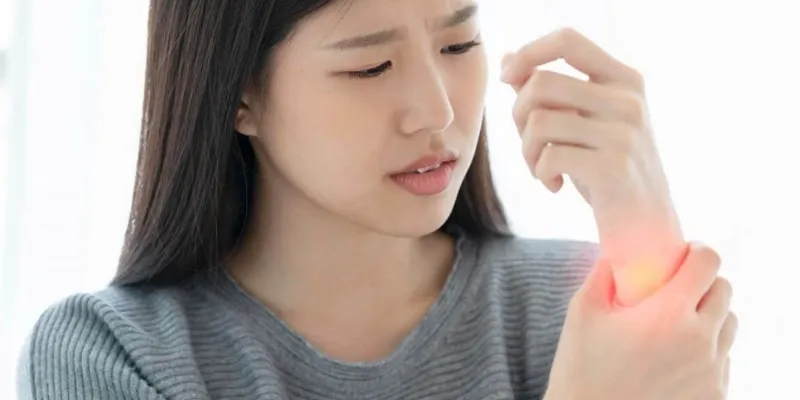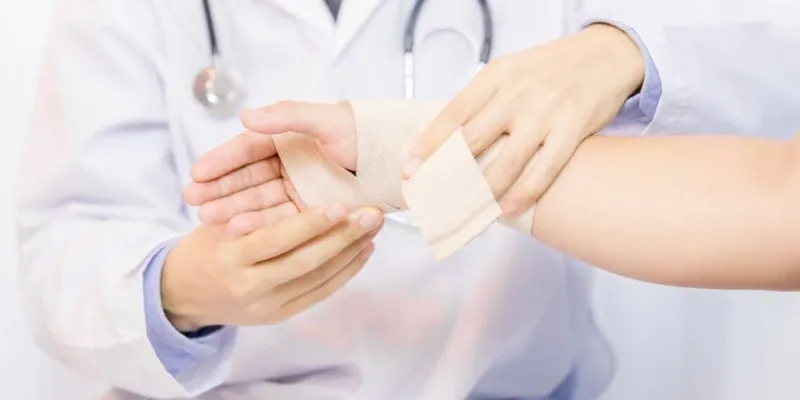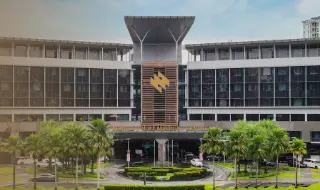Ganglion Cyst

Ganglion cysts are harmless, but they can sometimes cause discomfort, nerve pressure, inflammation, or stiffness, depending on where they are and how big they get.
They’re most common in adults aged 20-40, especially women and athletes who do a lot of repetitive motions.
What is a ganglion cyst?
A ganglion cyst is a small, fluid-filled lump that often forms near joints or tendons. It’s like a tiny balloon filled with a jelly-like substance. A mucin filled synovial cyst is another term for a ganglion cyst.
Common locations for fluid-filled cysts include:
- Wrist and Hand: These often show up on the back of the wrist or the palm, right at the base of your fingers.
- Ankle and Foot: You might spot them on the top of your foot or around your ankle.
- Knee: Sometimes they form behind the knee, which is called a Baker’s cyst.
- Shoulder: Though rare, they can also pop up near the shoulder joint.
Risk Factors and Causes of Ganglion Cysts
- Repetitive Hand Movements: Activities that involve repetitive motions put continuous pressure on the joints, which may lead to cyst formation.
- Joint Stress: Excessive stress on the tendons or joints can lead to the accumulation of joint fluid, which then gets trapped, forming a cyst.
- Previous Injuries or Underlying Conditions: Injuries or conditions can weaken the joint capsule or tendon sheaths, increasing the risk of developing ganglion cysts.
- Age and Gender: Ganglion cysts are more common in individuals aged 15 to 40, with a higher incidence in women.
Symptoms of a Ganglion Cyst
- Visible Lump: The most noticeable symptom is a visible lump or bump on the wrist, hand, ankle, or foot. The cyst is usually round or oval and may vary in size.
- Pain or Discomfort: If the cyst presses on a nearby nerve, it can cause pain, tingling, numbness, or a burning sensation in the affected area.
- Swelling: There may be swelling around the cyst, especially after repetitive use or movement of the affected joint.
- Restricted Movement: The cyst can sometimes limit the range of motion in the affected joint, leading to stiffness or difficulty moving the joint.
- Changes in Size: The size of the cyst can fluctuate, often getting larger with increased activity and smaller with rest.
- Tenderness: The area around the cyst might be tender to the touch, especially if it is pressing on surrounding tissues.
- Weakness: In some cases, a ganglion cyst can cause muscle weakness in the affected area, particularly if it is compressing a nerve.
Treatment Options for Ganglion Cysts
- Non-surgical Treatments:
- Watchful Waiting: Many ganglion cysts not causing significant discomfort or restricting movement, doctors often recommend simply monitoring it over time. A Magnetic Resonance Imaging (MRI) can be used to diagnose ganglion cysts before deciding on treatment.
- Bracing or Splinting: Wearing a brace or splint can help immobilise the affected area, reducing movement and allowing the cyst to shrink. This can also alleviate pain by relieving pressure on the nerves.
- Needle Aspiration: This procedure involves using a needle to drain the fluid from the cyst. It is a relatively simple and minimally invasive procedure that can provide temporary relief. However, cysts often recur after aspiration because the cyst wall remains intact.
- Over-the-counter Pain Relievers: Nonsteroidal anti-inflammatory drugs (NSAIDs) like ibuprofen can help reduce pain and inflammation associated with ganglion cysts.
- Ganglion Cyst Removal and Surgery: Surgery involves removing cysts may be necessary if the cyst is recurrent, painful, or disrupts joint function. The surgical excision is usually performed as an outpatient procedure, removing the cyst and its stalk to minimise recurrence.
Remember to Prioritise Your Health

Ganglion cysts are usually harmless, but it’s always good to get checked out. Our specialists at Prince Court are here to help with expert advice tailored to you.
Take charge of your health with our experienced orthopaedic surgeons. From consultations to treatment plans, we’ve got you covered for ganglion cysts and other joint concerns.
Book your appointment today!



















